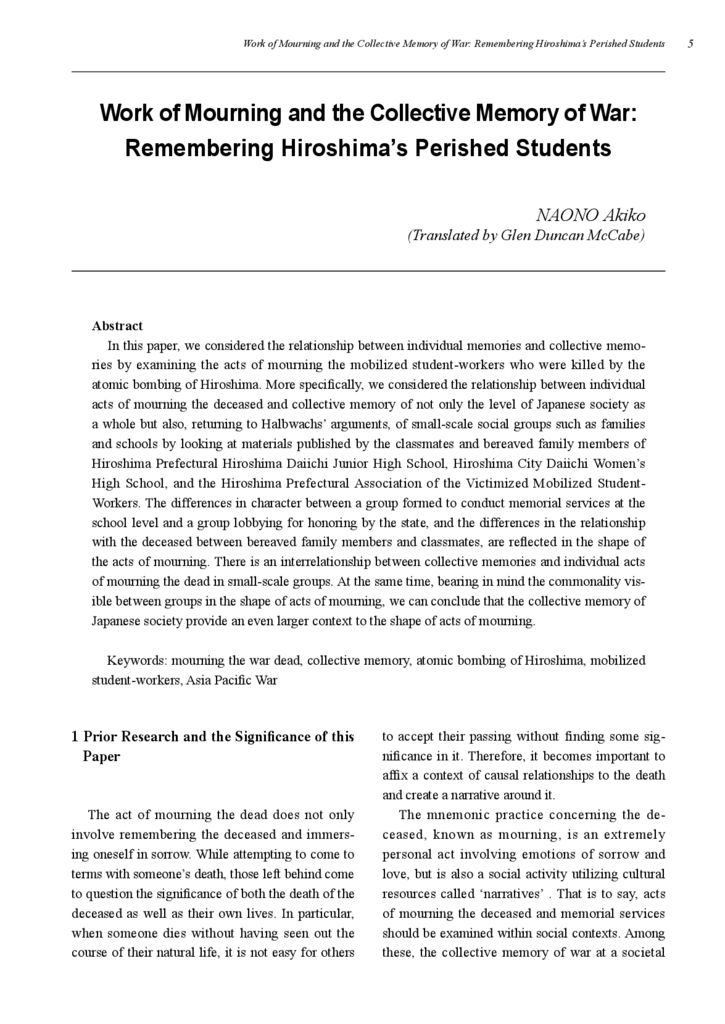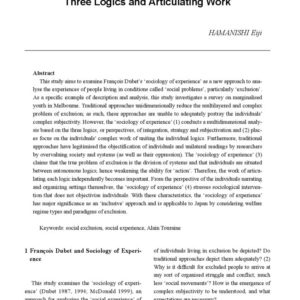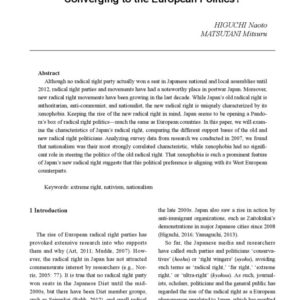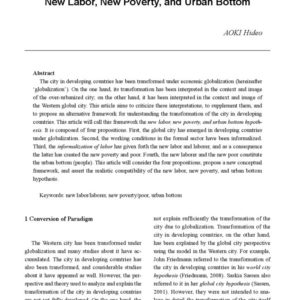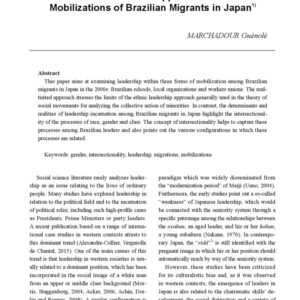Description
In this paper, we considered the relationship between individual memories and collective memories by examining the acts of mourning the mobilized student-workers who were killed by the
atomic bombing of Hiroshima.
More specifically, we considered the relationship between individual acts of mourning the deceased and collective memory of not only the level of Japanese society as a whole but also, returning to Halbwachs’ arguments, of small-scale social groups such as families and schools by looking at materials published by the classmates and bereaved family members of Hiroshima Prefectural Hiroshima Daiichi Junior High School, Hiroshima City Daiichi Women’s High School, and the Hiroshima Prefectural Association of the Victimized Mobilized Student-Workers.
The differences in character between a group formed to conduct memorial services at the school level and a group lobbying for honoring by the state, and the differences in the relationship
with the deceased between bereaved family members and classmates, are reflected in the shape of the acts of mourning.
There is an interrelationship between collective memories and individual acts of mourning the dead in small-scale groups.
At the same time, bearing in mind the commonality visible between groups in the shape of acts of mourning, we can conclude that the collective memory of Japanese society provide an even larger context to the shape of acts of mourning.

